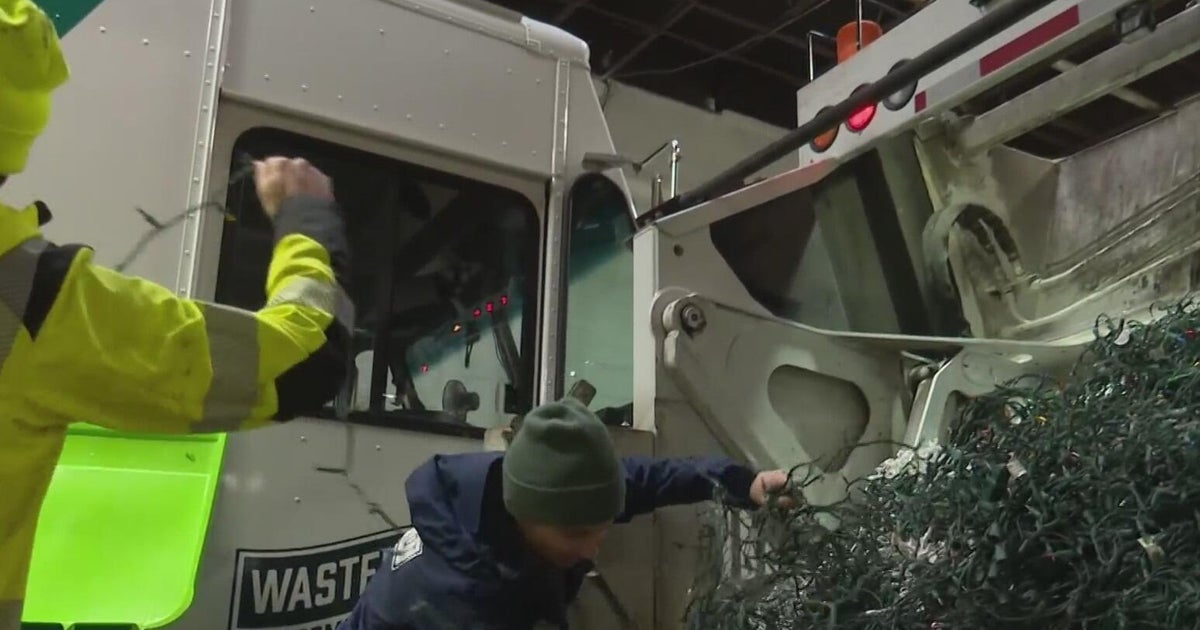Office Cubicles Are Shrinking
BOSTON (CBS) -- We all know products are shrinking at the grocery store. You might think you're buying a quart of mayo, but it's really only 30 ounces. A half gallon of ice cream? It's only a quart and a half.
Now something else in your life may be getting smaller too. The office cubicle is getting less spacious as corporate America tries to fit more workers into the same space.
In fact, the average cubicle had 90 square feet of work space in 1994. By 2010, that number had dropped to 75 square feet.
Marc Poirer, the owner of Peartree Office Furniture in Framingham, said "people go spastic when they have to give up space."
WBZ-TV's Kate Merrill reports.
As cubes shrink, workers are losing drawers and getting lower walls which are less private.
Poirer says that's when he has to get creative to find solutions. But still, "Everyone is unhappy if they have to give up space. It's a sore spot."
Human consultant Elaine Varelas of Keystone Partners believes the primary cause for the shrinking cubicle is the rising cost of office real estate.
"I think the other part of it is you do have more people working remotely," she added. "They may not be in the office on a regular basis and having an empty office is just too costly."
The question is whether or not smaller work space really affects worker morale and productivity, and whether workers even notice.
The answer is a definite yes according to Varelas. "Office size, cubicle size continues to be a status symbol within organizations. The environment becomes very important. People want to personalize it. They want to know this is mine. There is something of me that is reflected here, and something that says I will be here tomorrow."
In difficult times with layoffs common, the expectation is workers are just supposed to be happy they still have a desk to come to each day.
Poirer said managers are usually happy with the savings. "The bosses were thrilled. Prices are commensurate with the size of the cubicle."
Most offices have also gotten smaller in recent years. The exception is those used by senior executives. Just like their salaries, those offices have actually gotten bigger in recent years.







